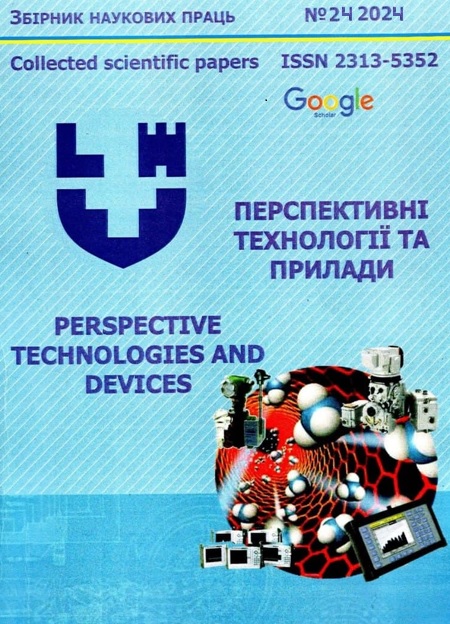FEATURES OF THE SIMULATION OF THE PROCESS OF BLOOD WETTING OF BIOMATERIALS AND JUSTIFICATION OF THE METHOD OF ITS CONTROL
Abstract
The necessity of modeling the process of blood wetting of biomaterials, from which vascular grafts, stents, and valves are made, is substantiated, as the main condition for determining the reaction of human blood to foreign materials. The individuality of the human body necessitates dynamic control, i.e. express analysis of the process of wetting with blood to avoid negative consequences. The relationship between the elastic properties of an artificial vessel or a vessel in which a stent is located and the degree of wetting of the inner surface of the vessel or stent with blood has been established. The feasibility of monitoring the process of wetting with blood using the ultrasonic method has been established. Different methods of studying the elastic properties of vessels have been analyzed based on the simulation of the control process using ultrasonic vibrations, obtained on the basis of compression (squeezing) and deformation by shifting the layers of the body through which the ultrasonic vibrations pass. The expediency of using a shear wave is substantiated. At the same time, it is necessary not only to determine the amplitude of the shear wave reflected from the elastic surface of the vessel, but also to determine its speed, that is, quantitative indicators of elasticity


 https://scholar.google.com.ua/citations?
https://scholar.google.com.ua/citations?

